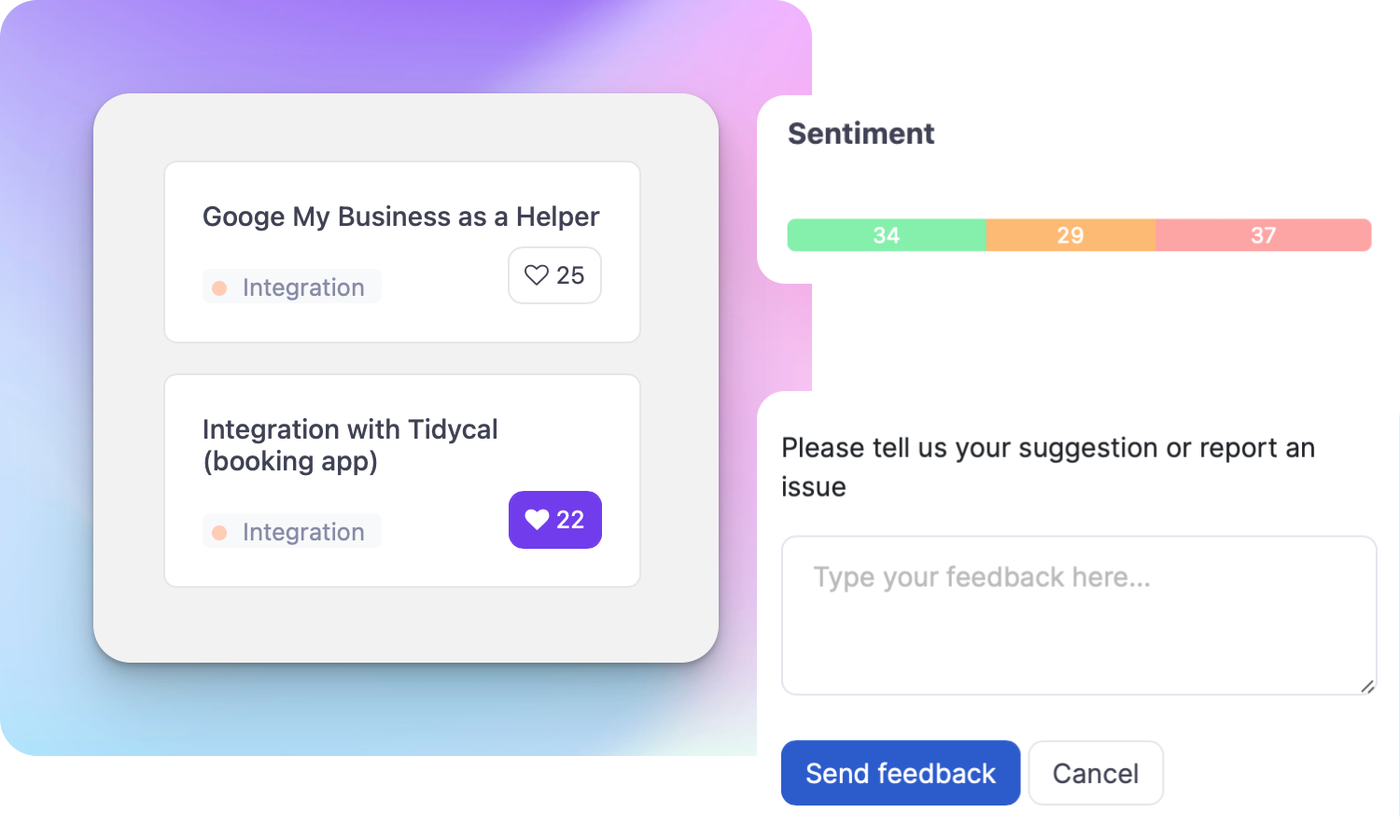What is User Onboarding?

Ruben Buijs
User onboarding refers to the process of guiding new users through the initial steps of using a product or service and helping them become familiar with its features and functionalities. It is a critical aspect of product management as it directly impacts user satisfaction, engagement, and retention.
Importance of User Onboarding
Effective user onboarding plays a vital role in creating a positive first impression and ensuring a smooth user experience. It helps users understand how to navigate the product, discover its value, and achieve their desired outcomes. Here are a few reasons why user onboarding is crucial:
- Reduced Friction: User onboarding eliminates confusion and reduces the learning curve for new users, ensuring they can quickly start using the product without any obstacles.
- Increased Adoption: By providing clear instructions and highlighting key features, user onboarding encourages users to explore and utilize the full potential of the product.
- Improved Retention: When users have a positive onboarding experience, they are more likely to continue using the product and become loyal customers, leading to higher retention rates.
- Enhanced User Satisfaction: Guiding users through the onboarding process helps them understand the value proposition of the product, leading to higher satisfaction levels and a better overall user experience.
How to Use User Onboarding
To effectively implement user onboarding, consider the following steps:
-
Set Clear Goals: Define the desired outcomes users should achieve during the onboarding process. Identify the core features and functionalities that users need to understand and utilize to meet those goals.
-
Simplify the Process: Break down the onboarding process into small, manageable steps. Avoid overwhelming users with too much information at once. Gradually introduce them to different features and functionalities.
-
Provide Interactive Tutorials: Offer interactive tutorials, walkthroughs, or videos that guide users through the product's key features. Use visuals and simple language to explain complex concepts.
-
Personalize the Experience: Tailor the onboarding experience based on users' preferences or specific needs. Collect relevant user data during the sign-up process to provide personalized recommendations and suggestions.
-
Offer Support: Make it easy for users to seek assistance if they encounter any difficulties during onboarding. Provide clear instructions on how to access support channels such as live chat, help documentation, or community forums.
-
Track User Progress: Monitor users' progress during onboarding to identify bottlenecks or areas where users are struggling. Use analytics tools to gather data and make data-driven improvements to the onboarding process.
Useful Tips for User Onboarding
Consider these additional tips to enhance user onboarding:
-
Keep it Simple: Avoid overwhelming users with complex instructions or too many options. Focus on the essential features that users need to get started and gradually introduce advanced functionalities.
-
Utilize Visuals: Visual aids such as images, screenshots, or videos can help users better understand and retain information. Use visuals to demonstrate how to perform specific actions or navigate through the product.
-
Provide Contextual Help: Offer tooltips or contextual help messages that provide relevant information at the right time. This ensures users have the necessary guidance when they need it the most.
-
Celebrate Milestones: Acknowledge and celebrate users' achievements or milestones during the onboarding process. This encourages users to continue progressing and motivates them to explore more of the product.
-
Solicit Feedback: Regularly seek feedback from users about their onboarding experience. Use this feedback to identify pain points, improve the onboarding process, and address any user concerns.
Related Terms
- User Experience (UX)
- User Interface (UI)
- Churn Rate
- Conversion Rate
- Product Adoption
- Product-Market Fit
- Customer Onboarding
- Gamification
- A/B Testing
- Customer Retention
